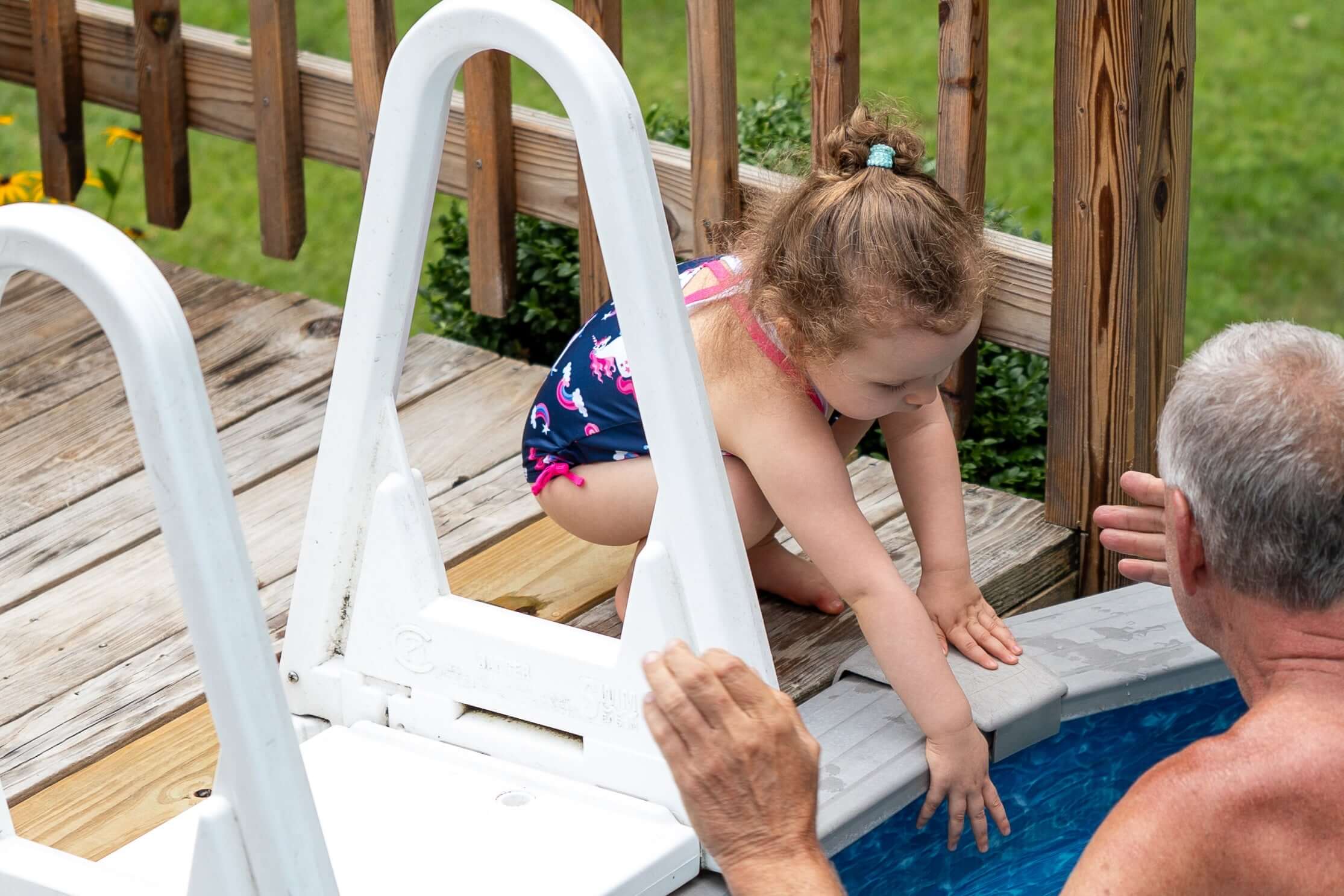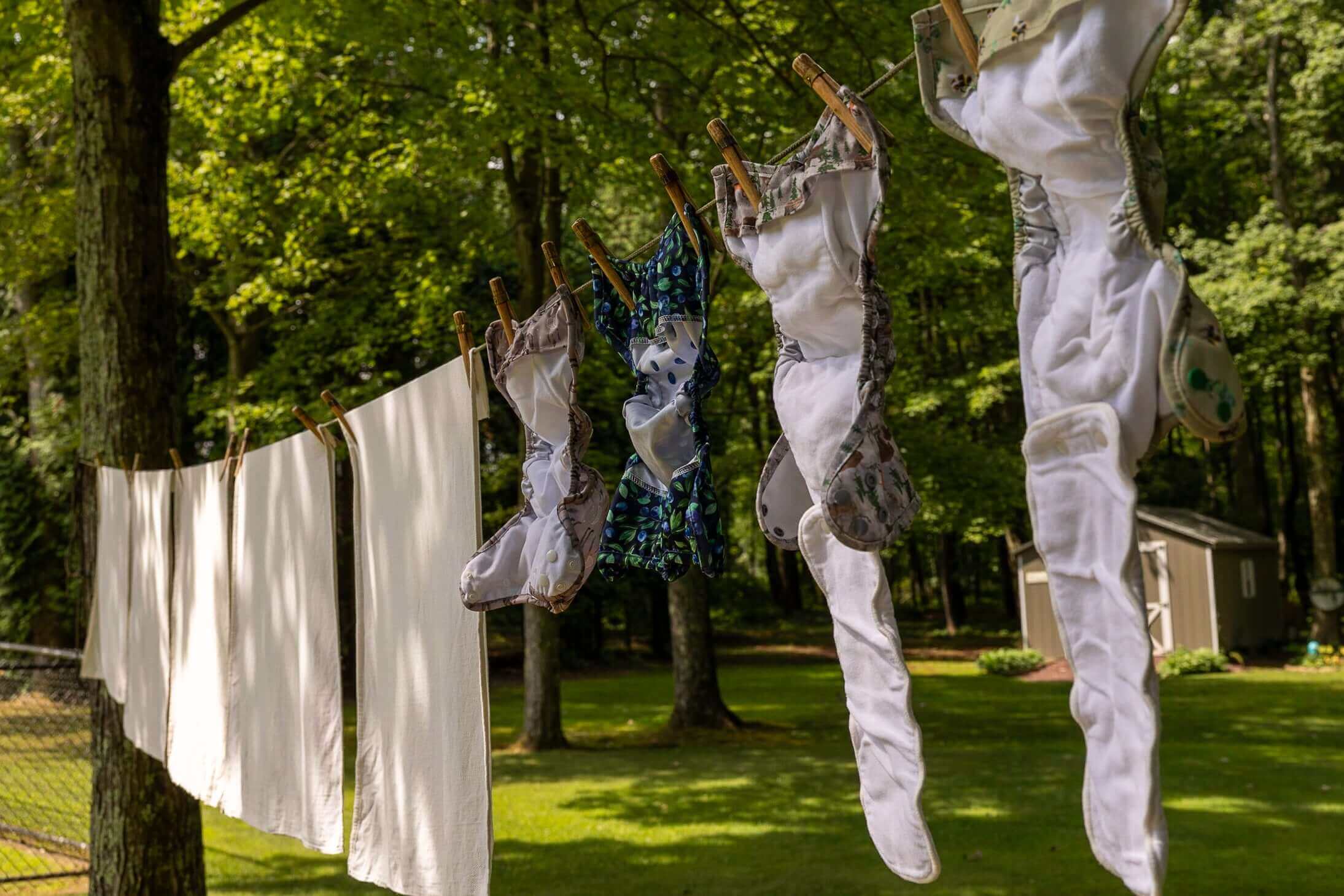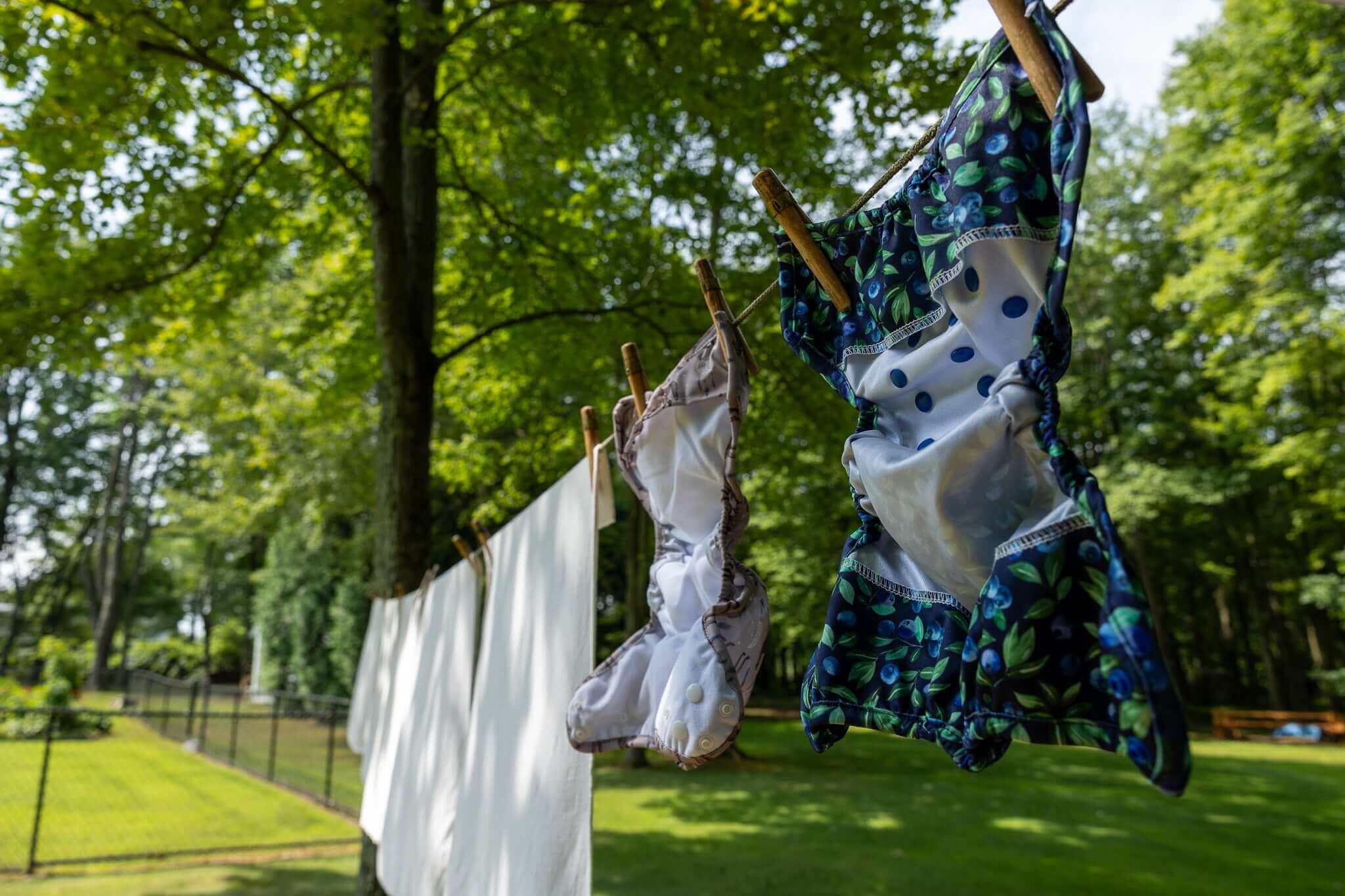
Why Cloth Diapers May Suddenly Start Leaking After Months of Ownership or Proper Use
Cloth diapers have been used by generations of parents, offering an eco-friendly and cost-effective alternative to disposable diapers. However, even with proper care, some parents may notice that their cloth diapers start leaking after several months of usage.
Let's delve into the reasons behind this phenomenon.
Residue Build-Up
Soap Residue - The most common reason for leaks is residue build-up. If cloth diapers are not rinsed sufficiently, detergent can build up in the fibers. This reduces their absorbency, causing the diapers to leak.
Mineral Deposits
Hard water can leave mineral deposits in the diapers. Like soap residue, these minerals can hinder absorption. If you have hard water, you may need to adjust your washing routine or use a water softener.
Natural Fiber Wear
Over time, the natural fibers in cloth diapers like cotton, bamboo, and hemp can wear down. This degradation can reduce the overall absorbency of the diaper, resulting in leaks.
Repelling Issues
Certain products, like fabric softeners or diaper rash creams, can create a repelling layer on the diaper's surface. When this happens, the diaper cannot absorb moisture effectively, causing it to leak.
Incorrect Fit
Babies grow rapidly, and what was once a snug fit may no longer be so after a few months. The right fit is everything. If the diaper doesn't fit correctly around the legs or waist, it can lead to gaps where leaks can occur.
Increased Output
As babies grow, their urinary output also increases. A diaper that was sufficiently absorbent a couple of months ago might not be able to hold the increased volume of urine now.
Over-Saturation
This is a straightforward reason. If a diaper is left on for too long without changing, it can become over-saturated and start to leak.
Delamination
This primarily concerns diapers with a PUL (polyurethane laminate) layer, so not Bayrli as we use TPU. Over time, or with exposure to extreme temperatures, the PUL can start to break down, leading to leaks.
Worn-out Elastic
The elastics in the legs and back of the diaper ensure a snug fit. Over time, these can stretch out or degrade, leading to gaps where leaks can occur.
Tips to Prevent Leaking
Proper Washing: Ensure that you're rinsing the diapers thoroughly to prevent detergent and mineral residue. Consider doing an extra rinse cycle.Check the Fit: Regularly check the fit of the diaper on your baby. Adjust the size or rise settings as needed.
Rotate Diapers: Using the same few diapers constantly can wear them out faster. Having a larger stash and rotating them can extend their life.
Strip the Diapers: If you suspect residue build-up, consider stripping the diapers using a recommended stripping method.
Avoid Fabric Softeners: These can coat the fibers and decrease absorbency. Use diaper-safe creams or use a barrier (like a disposable liner) when applying diaper rash creams.
While cloth diapers are a fantastic and sustainable choice, understanding and addressing the reasons behind sudden leaks can ensure they remain an effective choice for your baby. Regular checks, proper care, and adjustments can make all the difference in maintaining the performance of your cloth diaper stash.


